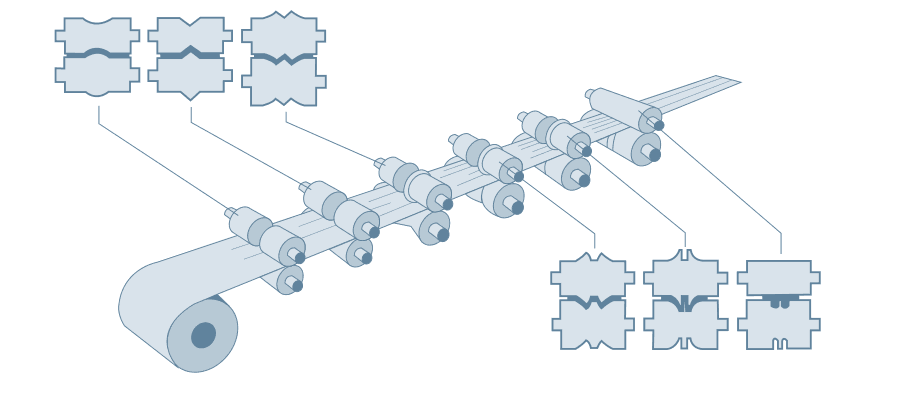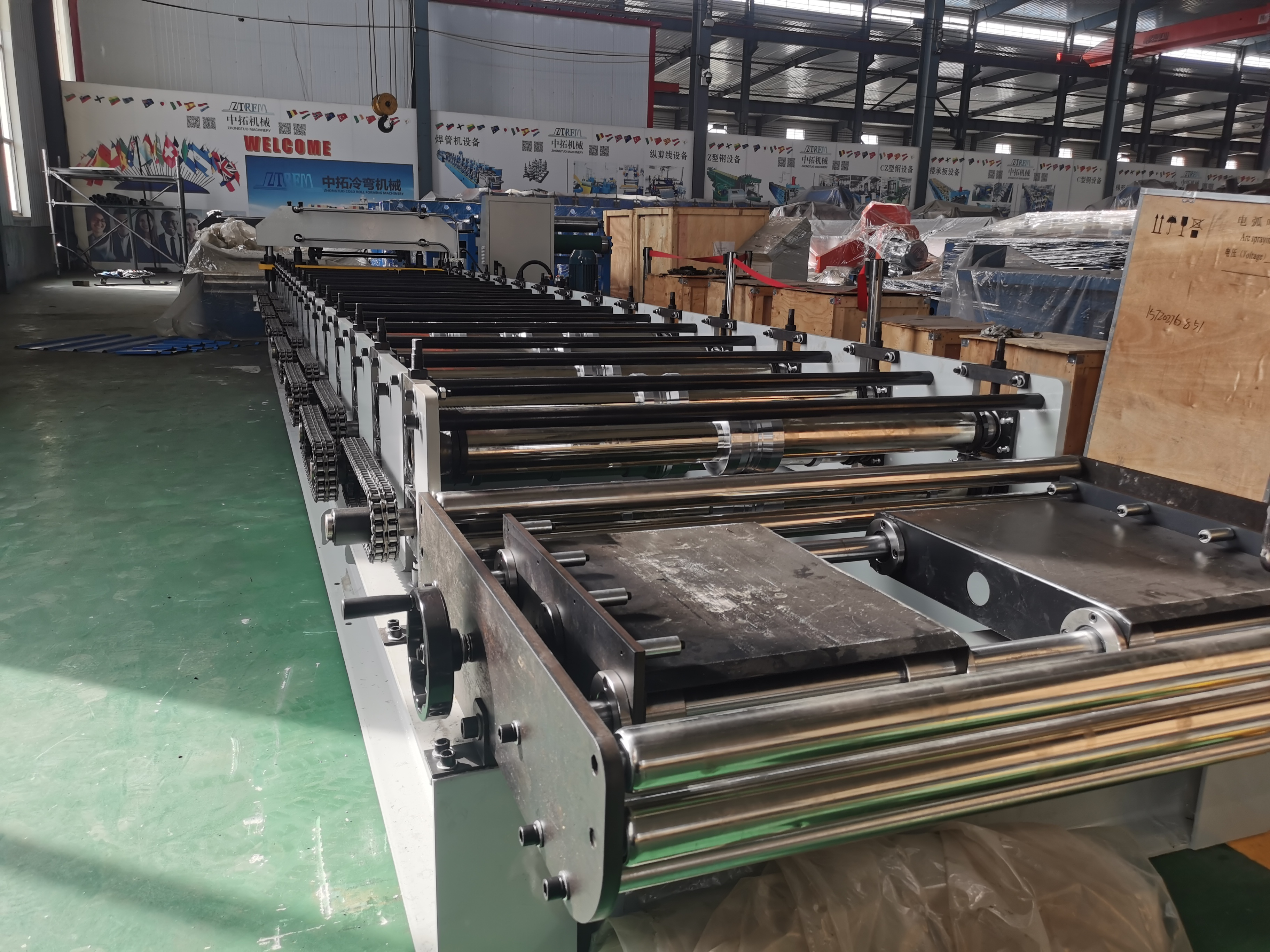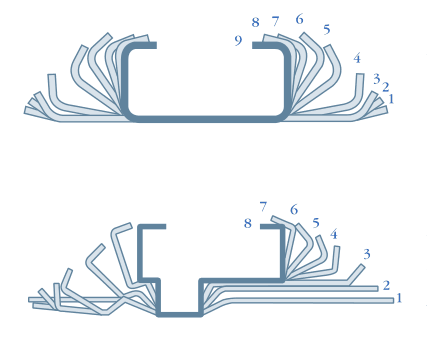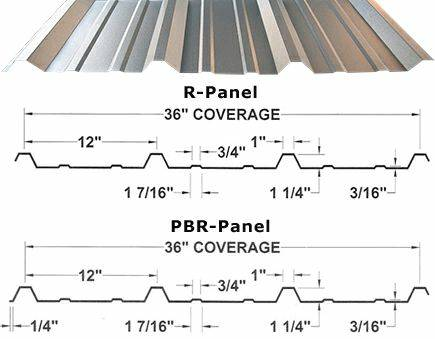What is Roofing Tile Machines?
Roofing tile machines are specialized equipment designed for the manufacturing of roofing tiles, which are essential components used in building roofs for residential, commercial, and industrial structures. These machines are specifically engineered to automate and streamline the production process of roofing tiles, ensuring consistent quality, efficiency, and precision in tile manufacturing.
What is the process of rollforming?
Roll forming is a continuous bending operation in which a long strip of sheet metal or coiled strip is progressively formed into a desired cross-sectional profile. This process is typically carried out using a series of paired rollers, known as roll stands, that progressively bend and shape the metal as it passes through them.
Components of Roofing Tile Machines
Material Feeding:
The process begins with feeding a flat strip of metal or coil into the first set of rollers on the roll forming machine. The material can be steel, aluminum, copper, or other metals depending on the application.
Roll Forming Stands:
The roll forming machine consists of multiple consecutive roll forming stands arranged in a sequence. Each roll forming stand consists of pairs of rollers (top and bottom) that are strategically positioned to gradually shape the metal strip.
Roller Design and Adjustment:
Each pair of rollers is designed with specific contours that progressively bend the metal strip into the desired shape. These rollers can be adjusted horizontally, vertically, or both to achieve precise dimensions and profiles.
Forming the Profile:
As the metal strip moves through each roll forming stand, it undergoes incremental bending and forming. The rollers apply bending force to the metal, gradually forming it into the required cross-sectional profile, which can range from simple shapes (like angles or channels) to complex profiles (like corrugated sheets or window frames).
Additional Operations:
In some cases, additional operations such as punching, notching, or cutting may be integrated into the roll forming process. These operations can be performed inline within the roll forming machine to create holes, slots, or other features in the formed profile.
Continuous Process:
Roll forming is a continuous process, meaning that the metal strip moves continuously through the machine without interruptions. This allows for high-volume production and consistent quality in the formed profiles.
Final Inspection and Cutting:
Once the metal strip has passed through all the roll forming stands and the profile has been formed, the finished product is inspected for quality. If necessary, the formed profile may be cut to the desired length using a flying cutoff or stationary shear.
What is the function of roll forming machine?
The function of a roll forming machine is to transform a continuous strip of metal, typically in coil form, into a desired cross-sectional profile. This process involves feeding the metal strip through a series of roll forming stands, where pairs of rollers gradually shape the material into the specified profile.
About our company
ZTRFM focus on the panel rollforming line manufacturing in the past 30 years, and our metal panel rollformer already exported to more than 150 countries. Our machine is customized, we can design machine as customers’ personal requirements. For example we designed R-PANEL, PBR-PANEL, AG-PANEL roll forming lines for the united stations. We designed TR4 TR5 panel rollfomer for Peru. We designed PV4 PV6 panel rollforming lines for Chile.. In sum we have full experience for the machines designing and manufacturing.





